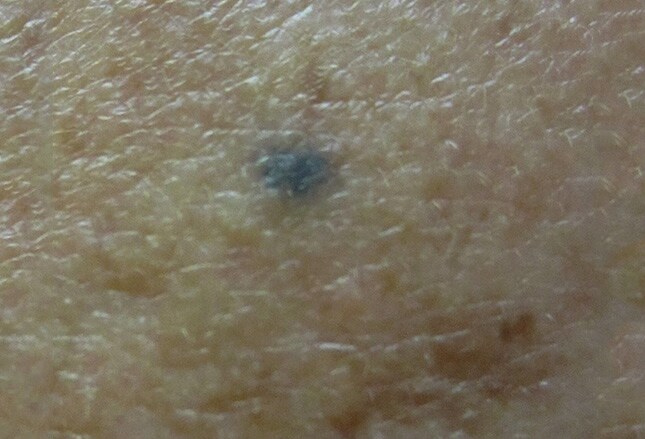

The dermatologist applies liquid nitrogen to the skin, destroying the skin’s outer layer. CryotherapyĬryotherapy involves freezing the wart off. After a week or so, the person can return to the dermatologist to have the wart clipped away. According to the AAD, the dermatologist may use one of the following treatments depending on the type of wart a person has: CantharidinĪ dermatologist will apply cantharidin to the wart, causing a blister to form underneath. However, there are treatments available.Ī person with painful, stubborn, or multiple warts can visit a dermatologist for treatment. Warts will often clear up on their own, especially in children. For this reason, a person who thinks they may have genital warts should see a doctor immediately. The HPV strain that causes genital warts can also cause certain types of cancer. Warts caused by the same strain of HPV can also occur on the lips or inside the mouth. A 2015 article notes that genital warts can occur in the following locations: Genital warts range in color from pink to dark brown and can be flat, bumpy, or grow from the skin on stalks. However, depending on the size and location, they can cause pain or itchiness. The Centers for Disease Control and Prevention (CDC) state that genital warts usually cause no additional symptoms. Genital warts are a form of sexually transmitted infection (STI). According to an article in Photodiagnosis and Photodynamic Therapy, the location of periungual warts can make them difficult for a person to treat. Periungual warts grow around the finger and toenails, usually spreading underneath the nail. Filiform wartsĪccording to the AAD, filiform warts are long and spiky and often appear around the eyes, nose, and mouth. However, flat warts can also develop on the hands, lower arms, and legs. Flat warts can be light brown and develop most often on the forehead and cheeks. Flat wartsįlat warts, or plane warts, are slightly raised and smooth in appearance. Mosaic warts are paler and flatter than plantar warts. However, mosaic warts can cover areas anywhere on the sole of the foot. This inward growth can cause pain and create the feeling of a pebble stuck in the person’s shoe.Īccording to a 2019 article, mosaic warts appear in clusters, usually on the ball of the foot or the toes. Plantar warts resemble thick, calloused skin, often with black dots on the surface.īecause plantar warts tend to develop on the soles, they are often flat, and a person can push them inward as they walk. Doctors often refer to plantar warts that grow on the soles of the feet and toes as verrucas. Plantar warts usually occur on the feet or ankles. Some common warts contain tiny, seed-like black dots.Ī common wart that resembles a cauliflower in appearance is known as a butcher’s wart. Sometimes, common warts develop on the knees.Ĭommon warts usually occur in areas of broken skin, such as around bitten fingernails or where someone has pulled a hangnail.Ĭommon warts are rough in texture and can vary in size from a pinhead to pea size. You haven’t had medical procedures recently that could trigger calcinosis.The location of the wart and its appearance will determine which sort of wart a person has: Common wartsĪccording to the AAD, common warts often develop on the fingers, nails, toes, or the back of the hand.You’re not taking medications that could trigger calcinosis.There is no evidence of previous tissue damage.Phosphate and calcium levels in your body are normal.


Idiopathic calcinosis cutis is calcinosis that can’t be attributed to a specific cause. Metastatic calcinosis can result from any medical condition associated with excess phosphorus ( hyperphosphatemia) and calcium ( hypercalcemia), including: Iatrogenic calcinosis are typically attributed to certain medications and medical procedures such as repeated drawing of blood from an infant’s heel. Conditions that can lead to dystrophic calcinosis cutis are: There are four different types of calcium deposits, each based on the cause of the condition:ĭystrophic calcinosis can occur in tissue that is damaged or inflamed, or has become malignant or died.


 0 kommentar(er)
0 kommentar(er)
